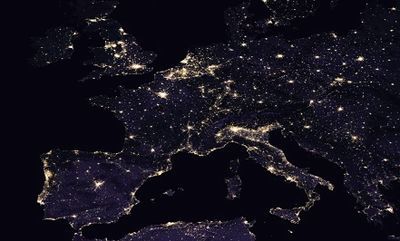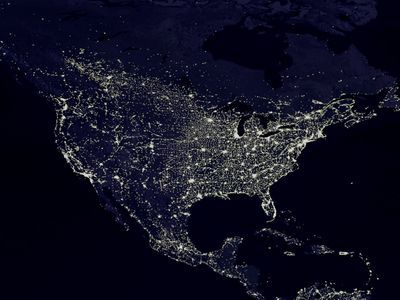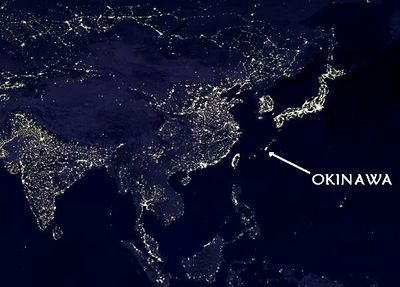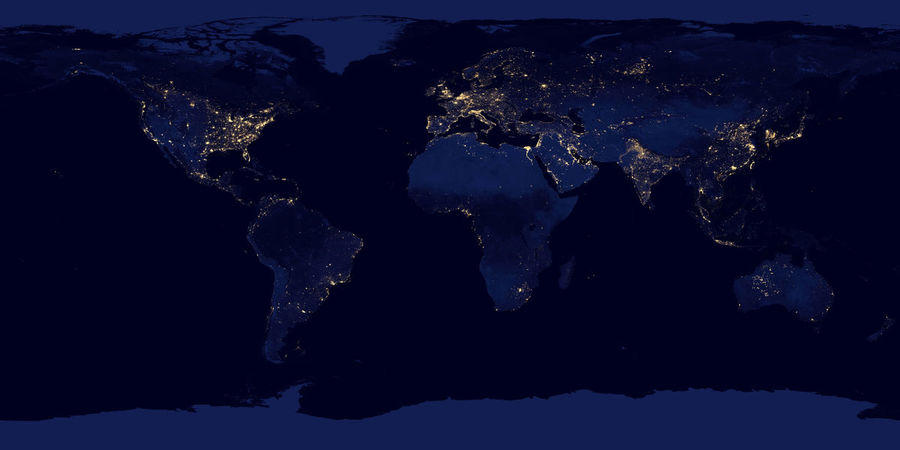Difference between revisions of "User:Koen"
| Line 75: | Line 75: | ||
The end result has to be a professionally crafted booklet containing all of the above. | The end result has to be a professionally crafted booklet containing all of the above. | ||
| + | |||
| + | Dieke almost immediately knew that she wanted to make her booklet about cute things and I guess I just went along with it. We used Google Images and Pinterest to find our images using the word 'cute' and we took the pictures that to us personally invoked a feeling of cuteness. When we found 100+ images, we gave them to Boris and we let his algorithm determine its own definition of cute. The result was this: | ||
Revision as of 10:03, 31 October 2017
Contents
Project 1: On The Body
'Exploring bespoke technologies as remediation, adaptions or extensions of the human body: Each third year will produce a new work inspired by one of the minor projects, but in an explicitly different medium or approach.'
Context
We spend the first week of this project helping the minors. They had their own groups with their own projects: my group had the idea to raise awareness for the 'terms and service' and careful you need to be when reading them. If you read them at all, that is. Be careful of what you agree with, it might be used against you. In the installation they secretly take a picture of you and spread it to computer screens across the room to show you how fast it can spread.
Project
My task in the first week was to make the wiki in order. I had to record important parts of the minors' research with either writing text or showing pictures. I also had to show the result of their work, pictures that were unexpectedly taken of you and shown on a giant screen in the next room.
The wiki page: http://digitalcraft.wdka.nl/wiki/Introweek2017 (the project is called 'I agree')
For my second project, I had the idea to visually show you how fast one of those pictures could spread across the world with the help of animation (my department). You would see an animation of the globe and the picture being spread across it in the form of tiny dots of light. It starts with one dot and over time more dots start to appear all across the globe until it's covered with dots.
I used a lot of pictures of the earth at night as a reference on which area's on the world have a large population. Here are a few:
The result is the following video:
Reflection
The first week was great, even if it was pretty sudden. I had to adapt really fast to the group I was placed in and understand where they were coming from with their project. I was also happy to know that my help was appreciated in the group, as I had the task to make sure the wiki was in order.
The second project was honestly not a fun project to work on, mainly because I was making it really difficult for myself. Drawing all the dots on the globe for multiple frames drove me insane. And it doesn't really look all that good in my opinion. I needed too many dots and I couldn't give them all my attention or this project would take up too much time. There was probably an easier way to make the animation, but I don't know how and by the time I started questioning my methods I was already half-way in my project.
Project 2: Sensitivity Training
This project is all about exploring the effects of external inputs on the human body.
Context
The class is divided in groups and each of them explores a different input. There is light, magnetism, voltage, heat and stretch. I have formed a group with Tutu and we have chosen voltage. The first week we were supposed to make three very short (10 seconds) video's. Each of these video's should display a different effect that voltage has on the human body. In the second week we thought it would be fun to show how voltage is being presented and what kinds of effects it has in the world of cinema. As such, we wanted to make a compilation of all kinds of movieclips showing off what voltage can do in the world of fiction.
Project
The three video's we made each had its own theme:
In the first video we tried to measure my body voltage using a power source, some cables and a multimeter, to show that voltage naturally runs through a human body. We connected the power source to the multimeter and the multimeter to me, but we didn't really get a measureable result. Though, as I started moving my body, with the electrode of the multimeter in my hand, the multimeter suddenly started to measure something. When I stopped moving, the measuring stopped. It really was my body that triggered it, if I only moved the electrode around nothing happens. We thought it was really interesting, so we decided to just record this instead of what we had originally planned.
Video #1 (voltage measure):
In the second video I rubbed my hair with a balloon to show the effects of static electricity on human hair. It makes your hair stick to the balloon. I sped up the rubbing so that the video's length still fit in the ten second range and because it is funny.
Video #2 (shock):
The third and final video shows me shocking my fingers with an electric flyswatter. The goal of this is to record the reaction of my body to the shock that I get, particularly the facial reaction. I used a zoom and a slow down on the face to clarify this and also for comedic effect.
Video #3 (balloon):
Our compilation consists of various clips from for example 'Back to the Future', 'Frankenstein', 'Ernest goes to jail', 'Finding Nemo' etc. We collected all kinds of clips and piled them together in a GoogleDoc. We decided to order these clips into specific categories in an effort to bring some order to our list of clips. We used the categories: Torture, Protection, Science, Accidents, Magical and Treatment. The last two were ultimately scrapped for our compilation, because we would end up with far too many clips to show. We're planning to use three different screens, one for the main shockin', one for text and one for some supporting footage/images. The left text screen displays information about the category and/or the clip displayed on the middle screen. The right supporting screen displays either some of the main clips' shots at the same time or some interesting images to build on information from the left screen.
Reflection
Finding creative ideas to show the effects of voltage on the human body was not that hard. The more interesting part is how to show these ideas in video form. Luckily it was all easy and fun to do.
The shock compilation wasn't hard either, just really tedious, as Tutu and me wanted to improve our editing skills (learning more about all these video effects) along with this project. I'm really happy that we were able to do that and that it isn't just a sequence of movie clips. I mean it is, but we used some sort of structure and also some glitchy transitions between clips to show that we put a bit more work in it. And it shows, considering this project also took a little longer to make than I wanted. But unlike project 1, I really enjoyed working on this compilation.
Project 3: Mind of the Machine
'Exploring the consequences of a machine learning of the human mind.'
Context
In this project Dieke and I were studying the definition of 'cute'. In nature cuteness is a way of survival. What kind of parent would abandon something so adorable? But a machine is not like that. A machine is cold, calculative and most of all emotionless. That's why we are certain that recognising and acknowledging cuteness is what makes us human. How can a machine be able to understand what cute is?
Project
For our Study of [...] assignment, we chose Study of Cute Things. We had to:
- Gather (find/collect/curate/generate) a set of at least 100+ images that fit within a chosen classification/category, which in someway can be considered quintessentially human.
- Write a 250+ reflection on the chosen category and the method of collecting images/data set.
- Study the images, order, and make a selection into a visual essay (add a caption to each image.
- Run the data set through the image generator algorithm and produce a few machine generated images to your essay.
The end result has to be a professionally crafted booklet containing all of the above.
Dieke almost immediately knew that she wanted to make her booklet about cute things and I guess I just went along with it. We used Google Images and Pinterest to find our images using the word 'cute' and we took the pictures that to us personally invoked a feeling of cuteness. When we found 100+ images, we gave them to Boris and we let his algorithm determine its own definition of cute. The result was this:



